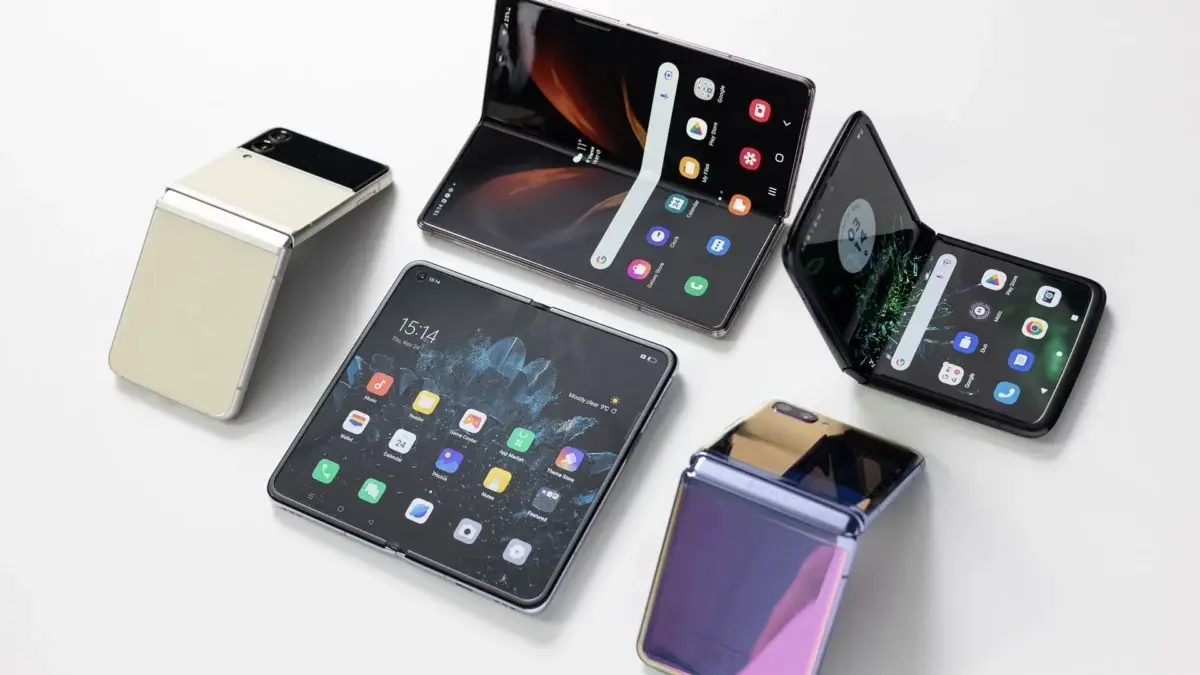Africa’s phone companies paint a compelling picture of triumph, not just surviving but thriving in a labyrinthine market. They have woven themselves into the fabric of the continent, connecting communities and sparking a wave of empowerment. This feat is no accident; it’s the product of an intricate dance, mastering affordability, building sturdy networks, tailoring their outreach, and keeping customers at the heart of everything.
Mobile telecom in Africa has been on a tear, and the companies pioneering this growth are masterminds of adaptation. From the bustling megacities to the remote villages, they have cracked the code of a diverse and ever-evolving landscape.
A recent report by Canalys, a global research guru, paints a vivid picture. Published on December 18th, 2023, it reveals a second consecutive quarter of robust smartphone market recovery in Africa (Q3 2023). Dive deeper here for the juicy details…
The report also crowned the top earners among smartphone vendors, basing their reign on market share. So, how did these phone kings climb the market mountain? They cracked the cultural code, understanding the unique heartbeat of communities across the continent.
This symphony of success involves waltzing with local influencers, crafting ads that resonate across diverse audiences, offering value-packed phones, and forging strategic partnerships with local businesses. These moves not only cement brand loyalty but also unlock a deeper understanding of the market, allowing for pitch-perfect product positioning.
Now, let’s meet the maestros who have mastered this intricate dance, carving out the biggest slices of the market pie in Africa (remember, these figures are for Q3 2023, not the whole year).
Below is the list
| Rank | Phone Company | Shipments (millions) | Market Share (%) |
|---|---|---|---|
| 1. | Transsion | 8.6 | 48% |
| 2. | Samsung | 4.6 | 26% |
| 3. | Xiaomi | 1.9 | 11% |
| 4. | Oppo | 0.8 | 4% |
| 5. | Realme | 0.6 | 3% |
PS: Xiaomi estimates include sub-brand POCO and Redmi. Transsion includes Tecno, Infinix, and iTel. Oppo excludes OnePlus. Percentages may not add up to 100% due to rounding.
Source: Africa Business Insider




















